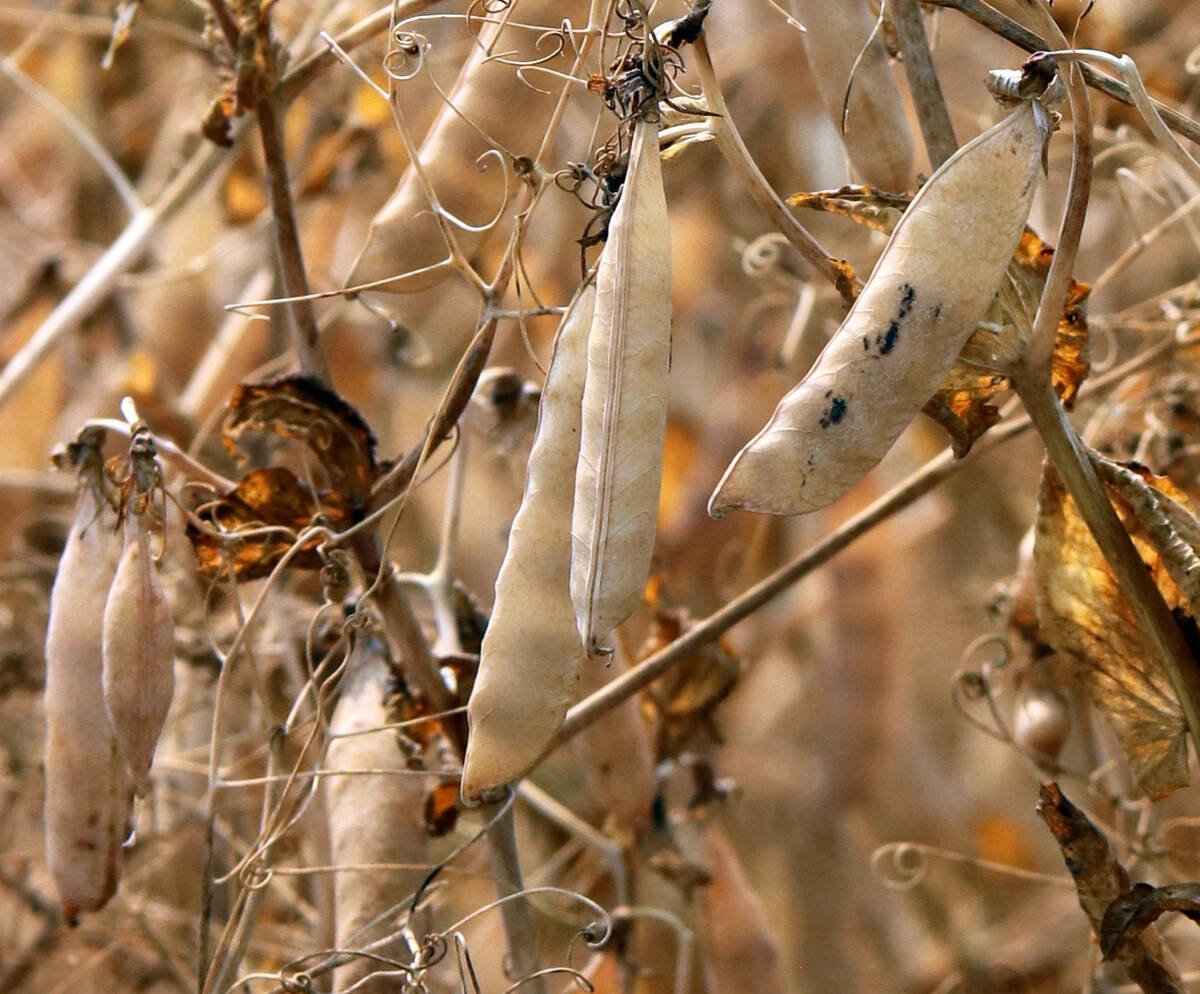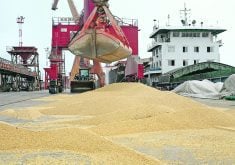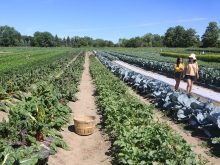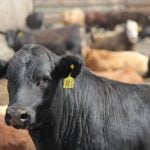SASKATOON — Canadian farmers are not the only ones reeling from the tariff wars.
Minnesota farmer Cordell Huebsch recently said that U.S. president Donald Trump’s tariffs have seriously disrupted the agriculture sector in that country.
“It’s a pretty devastating situation,” he said during the recent From Growers to Global Protein Markets webinar hosted by Pulse Canada and the Good Food Institute.
Read Also
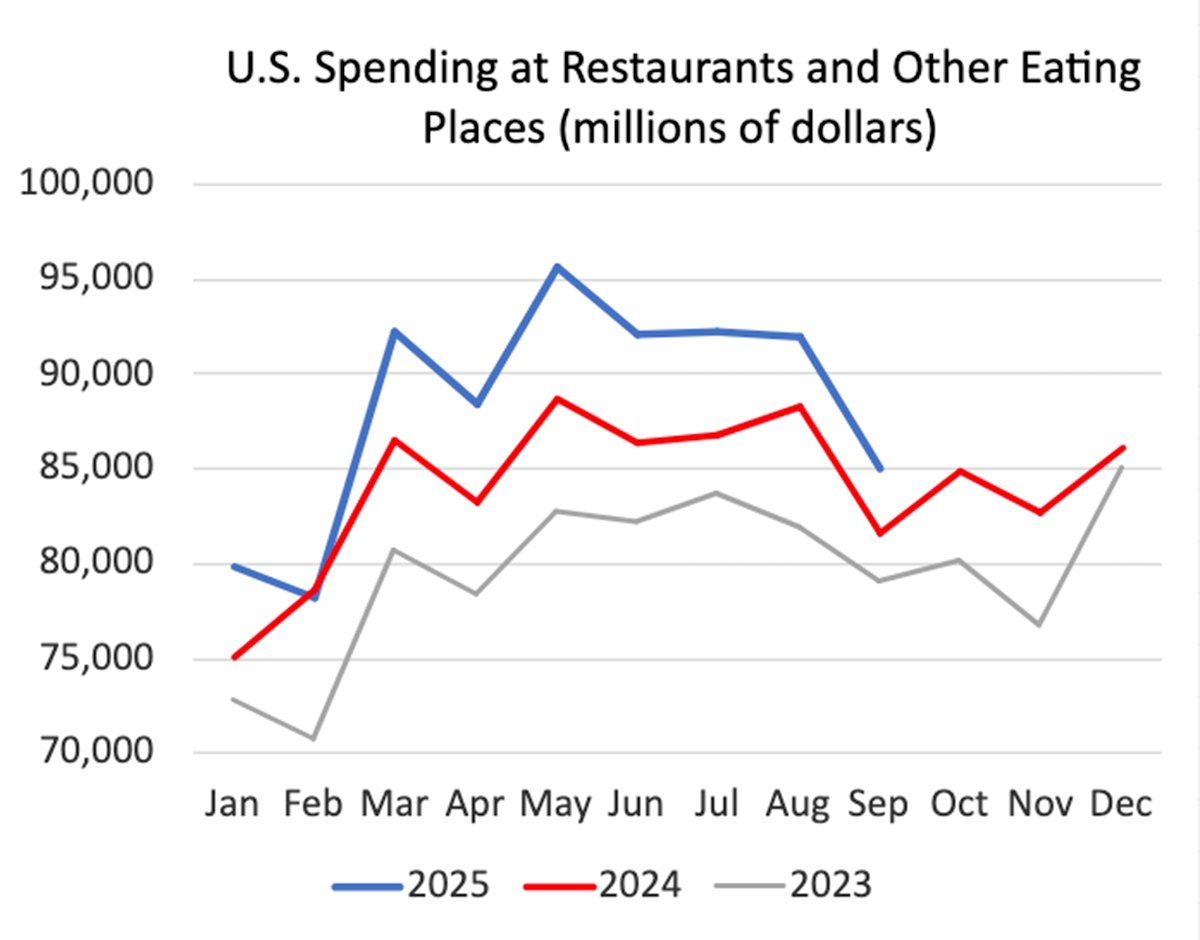
Cash feeder market divorces from futures market
For the week ending Oct. 11, western Canadian yearling markets traded $8 per hundredweight higher to $5 per cwt. lower compared to seven days earlier.
“I don’t see the logic in it. It’s the most frustrating thing in the whole wide world to watch happen in front of our eyes.”
The most frustrating part for Huebsch, who is a director of the Northarvest Bean Growers Association, is watching all his market development efforts and those of his predecessors being wiped out by the stroke of a pen.
Export markets have evaporated for U.S. pulse growers, and so have domestic ones. U.S. government food aid programs that were once big buyers of certain pulses have been “decimated.”
“I don’t have anything good to say about it,” said Huebsch.
“It’s the most frustrating thing I’ve ever seen in my life. Hopefully things change soon.”
Tim McGreevy, chief executive officer of USA Pulses, agreed that it is aggravating to watch government policy trump market dynamics and drive prices lower.
“Every single commodity is really at rock bottom, and it doesn’t look good for the future here, either,” he said.
“At least you folks in Canada have a government you can complain to. Ours is currently shut own, which is kind of sad.”
However, he remains bullish on pulses in the long-term because they are a cheap source of protein in a world where animal protein prices have skyrocketed.
“We’re going through a period of whacko policies that are really damaging our current markets, but that’s not going to last forever,” said McGreevy.
He expects pulse markets to eventually rebound due to the sustained demand stemming from the fractionation market.
Many fractionators in the United States are starting to pay a small premium for protein. Farmers think it should be bigger, but at least it is something.
Huebsch thinks the pea protein market will evolve the way it did for malting barley many years ago.
Shane Strydhorst, a grower from Neerlandia, Alta., and a director of Alberta Pulse Growers, said farmers will shift into growing high-protein varieties if the premiums are there, but there are other considerations.
“Generally, I would say that yield is always going to be king,” he said.
McGreevy said the next “craze” is going to be dietary fibre, and luckily pulses are high in that as well.
“We’re going to capitalize when that hits the market,” he said.
The panelists were asked about their thoughts on growing organic pulses.
“We have looked hard at organics,” said Huebsch.
“We tried one field. It’s definitely something we would love to do.”
He thinks the system works well for small mixed operations, but not for large, upper Midwest operations like his due to the weed bank that eventually establishes.
“Once you get behind on the weed side, specifically, it will take you a generation to catch back up,” said Huebsch.
Dyrland looked at converting some of his land into organics, but the certifying body wanted him to do the entire farm. It was an all-or-nothing approach.
He said he couldn’t do that because it is dry where he farms, and he was worried that constant tillage would cause serious soil erosion.


